Home>Gardening & Outdoor>Outdoor Structures>How To Keep A Pergola From Blowing Away
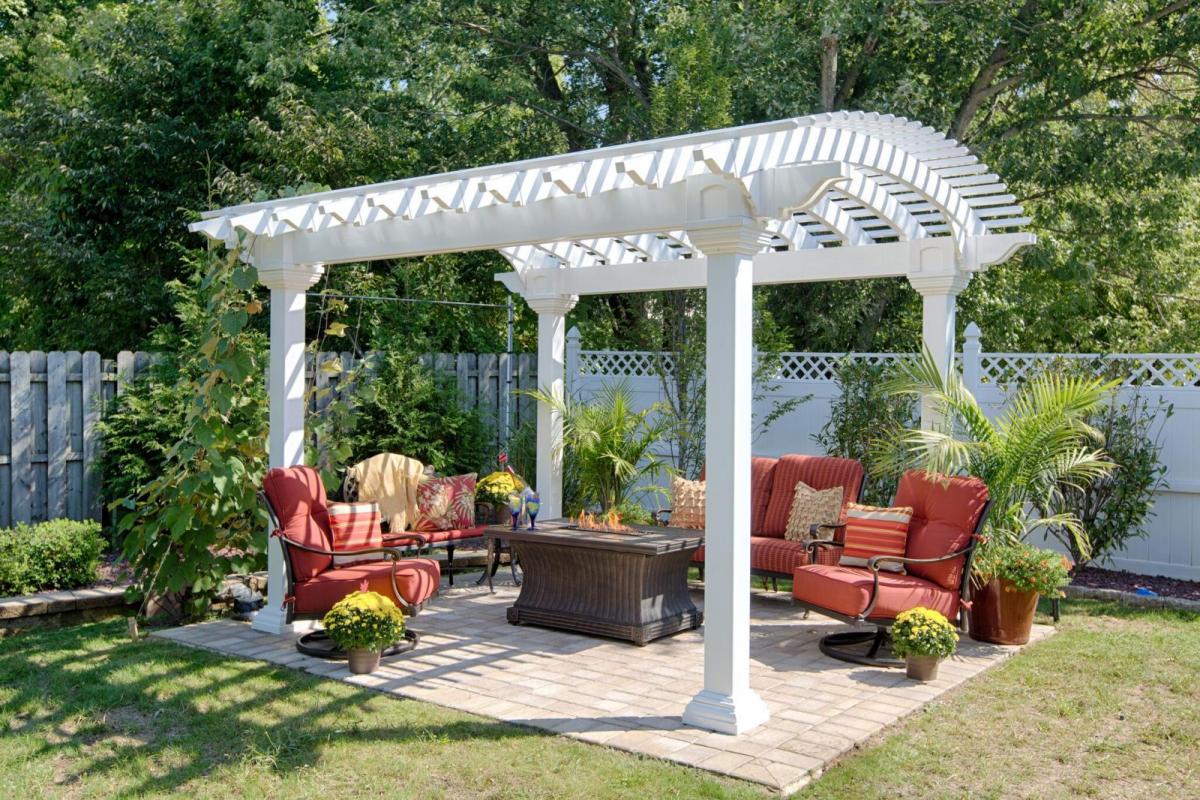

Outdoor Structures
How To Keep A Pergola From Blowing Away
Published: January 18, 2024
Learn how to secure your outdoor structures and prevent your pergola from blowing away with these effective tips and techniques. Keep your outdoor space safe and sturdy.
(Many of the links in this article redirect to a specific reviewed product. Your purchase of these products through affiliate links helps to generate commission for Storables.com, at no extra cost. Learn more)
Introduction
When you envision your outdoor living space, a pergola can be a stunning and functional addition. It provides a perfect spot for relaxation, entertainment, and enjoying the beauty of nature. However, ensuring that your pergola stands strong against the elements, especially strong winds, is crucial for its longevity and your safety.
In this comprehensive guide, we will explore effective strategies to keep your pergola from blowing away. By understanding the dynamics of wind, assessing your location, and implementing practical solutions, you can safeguard your pergola and enjoy peace of mind during stormy weather.
Whether you have an existing pergola or are planning to install one, these insights will empower you to make informed decisions and take proactive measures to fortify your outdoor sanctuary. Let's delve into the essential considerations and actionable steps to protect your pergola from the forces of nature.
Key Takeaways:
- Understanding your local wind patterns and soil quality is crucial for fortifying your pergola against strong winds. Proper anchoring and weighted supports can enhance its stability and longevity.
- Incorporating wind-resistant features and regular maintenance ensures your pergola can withstand adverse weather conditions. By taking proactive measures, you can create a resilient outdoor sanctuary for year-round enjoyment.
Read more: How To Keep A Trampoline From Blowing Away?
Assessing Your Location
Before constructing or fortifying your pergola, it’s crucial to assess the specific environmental factors that can impact its stability. Start by evaluating the typical wind patterns in your area. Consider the frequency and intensity of strong winds, as well as the prevailing direction from which they originate.
Additionally, take note of any natural windbreaks or barriers, such as trees, buildings, or hills, that may provide some protection to your pergola. While these features can offer some relief from direct wind exposure, they can also create turbulent air currents that affect the stability of the structure.
Furthermore, assess the quality of the soil and its ability to provide a stable foundation for anchoring your pergola. Soil that is prone to erosion or becomes waterlogged during heavy rainfall can compromise the structural integrity of the pergola’s supports.
By gaining a comprehensive understanding of your local wind conditions and the unique characteristics of your outdoor space, you can make informed decisions about fortifying your pergola to withstand the elements. This knowledge will guide the selection of appropriate anchoring methods and wind-resistant features, ensuring that your pergola remains a steadfast and secure haven in your outdoor oasis.
Anchoring Your Pergola
Properly anchoring your pergola is fundamental to its stability, especially in windy conditions. The anchoring method you choose should be tailored to the specific dynamics of your outdoor space and the potential wind forces it may encounter.
One effective anchoring approach involves securing the pergola posts into the ground with concrete footings. This method provides a solid and durable foundation, minimizing the risk of the structure being lifted or shifted by strong winds. To enhance the anchoring strength, consider using galvanized or stainless-steel post brackets and anchors, which offer exceptional resistance to corrosion and ensure long-term stability.
For pergolas installed on existing concrete or paved surfaces, such as patios or decks, specialized post anchors designed for surface mounting can be utilized. These anchors are typically secured to the surface with strong fasteners, providing a reliable connection between the pergola posts and the solid substrate beneath.
Another anchoring option involves using ground anchors or augers, which are driven into the soil to provide robust support for the pergola. These anchors come in various designs, including corkscrew and helical styles, and are engineered to deliver exceptional holding power, making them suitable for areas with challenging soil conditions.
When considering the anchoring method for your pergola, it’s essential to consult local building codes and regulations to ensure compliance with structural requirements. Additionally, seeking professional guidance from experienced contractors or structural engineers can provide valuable insights into the most suitable anchoring solutions for your specific location and environmental conditions.
By anchoring your pergola effectively, you can fortify its foundation and minimize the risk of displacement or damage caused by strong winds. This proactive approach will contribute to the long-term resilience of your pergola, allowing you to enjoy its benefits with confidence, even in blustery weather.
Using Weighted Supports
In addition to anchoring the pergola to the ground or a solid surface, incorporating weighted supports can further enhance its stability, especially in areas prone to strong winds. Weighted supports offer an additional layer of reinforcement, effectively counteracting the lifting and tipping forces exerted by gusty conditions.
One practical approach to integrating weighted supports involves installing heavy-duty metal brackets or sleeves at the base of each pergola post. These brackets can accommodate the insertion of weighted materials, such as steel rods or concrete-filled metal tubes, which significantly increase the overall mass and resistance to uplift forces.
Another versatile option for adding weighted support involves utilizing decorative planters or containers filled with dense, inert materials, such as sand or gravel. These containers can be strategically positioned around the base of the pergola posts, serving a dual purpose of providing aesthetic appeal and serving as effective counterweights against wind-induced movement.
For pergolas situated on elevated platforms or decks, incorporating discreet weighted supports can be achieved by integrating concealed compartments within the structure’s design. These compartments can accommodate heavy materials, such as stone slabs or concrete blocks, effectively augmenting the overall mass and stability of the pergola without compromising its visual appeal.
When selecting weighted materials for supporting your pergola, prioritize options that offer substantial mass while complementing the aesthetic and functional aspects of your outdoor space. Additionally, ensure that the placement and distribution of the weighted supports are strategically optimized to maximize their effectiveness in resisting wind-induced forces.
By integrating weighted supports into the design and anchoring of your pergola, you can significantly enhance its resistance to wind-related stresses, promoting a secure and enduring outdoor structure. This proactive measure contributes to the overall safety and longevity of your pergola, allowing you to relish the tranquility of your outdoor sanctuary, regardless of the weather conditions.
Use heavy-duty anchors or stakes to secure the legs of the pergola to the ground. You can also add weight to the posts by placing heavy planters or containers filled with rocks or concrete at the base.
Installing Wind-Resistant Features
Enhancing your pergola with wind-resistant features can substantially bolster its ability to withstand turbulent weather conditions, ensuring its durability and longevity. By integrating purposeful design elements and specialized components, you can mitigate the impact of strong winds and fortify the structural integrity of your pergola.
One effective strategy for enhancing wind resistance involves incorporating louvered or adjustable canopy systems into your pergola design. These systems enable you to regulate the airflow and provide additional protection against strong gusts by adjusting the angle of the louvers or canopies to minimize wind penetration.
Furthermore, integrating wind-resistant curtains or screens into the pergola’s framework can offer an additional layer of defense against turbulent air currents. These curtains, typically made from durable and weather-resistant materials, can be deployed to create a barrier against strong winds while preserving the openness and aesthetic appeal of the outdoor space.
Another valuable wind-resistant feature is the installation of sturdy cross-bracing or diagonal supports within the pergola’s framework. These structural reinforcements effectively distribute and dissipate wind forces, minimizing the risk of swaying or structural stress during inclement weather.
Additionally, selecting durable and wind-resistant building materials, such as robust hardwoods, weather-treated lumber, or corrosion-resistant metal components, can significantly enhance the pergola’s ability to withstand the rigors of strong winds. By prioritizing quality materials and construction, you can ensure the long-term resilience of your pergola in the face of adverse weather conditions.
When designing or retrofitting your pergola with wind-resistant features, it’s essential to collaborate with experienced contractors or design professionals to optimize the selection and integration of these elements. Their expertise can help you identify the most suitable solutions for your specific environmental conditions and aesthetic preferences, ensuring a harmonious blend of functionality and style.
By incorporating purposeful wind-resistant features into your pergola, you can create a resilient and enduring outdoor retreat that seamlessly weathers the forces of nature. These proactive enhancements not only safeguard your investment but also elevate the comfort and security of your outdoor living space, allowing you to savor its tranquility in any weather.
Regular Maintenance
To uphold the structural integrity and wind resistance of your pergola, regular maintenance is paramount. By implementing a proactive maintenance regimen, you can identify and address potential vulnerabilities, ensuring that your pergola remains steadfast and resilient in the face of varying weather conditions, including strong winds.
One essential aspect of pergola maintenance involves inspecting the anchoring components, such as post brackets, anchors, and footings, to verify their stability and structural integrity. Periodically tightening fasteners and assessing the condition of these anchoring elements can prevent potential loosening or deterioration that may compromise the pergola’s ability to withstand wind forces.
Furthermore, routinely examining the structural framework of the pergola, including beams, rafters, and cross-bracing, allows you to detect any signs of wear, warping, or damage. Addressing these issues promptly through repairs or replacements can prevent the escalation of structural weaknesses that may be exacerbated by wind-induced stresses.
Regularly assessing the condition of the roofing or canopy system, if applicable, is also crucial for maintaining the pergola’s wind resistance. Ensuring that the roofing materials, such as fabric, polycarbonate panels, or louvered systems, are securely fastened and free from tears or deterioration is essential for preserving their ability to withstand wind loads.
Additionally, incorporating routine cleaning and upkeep of the pergola’s components, such as removing debris, dirt, and organic matter, contributes to the prevention of moisture retention and potential deterioration of materials. This proactive maintenance measure safeguards the structural integrity and longevity of the pergola, especially in regions prone to high humidity and inclement weather.
By establishing a comprehensive maintenance schedule and adhering to regular inspections and upkeep, you can proactively safeguard your pergola against the impact of strong winds and environmental factors. This attentive approach not only preserves the aesthetic appeal of your outdoor structure but also reinforces its resilience, allowing you to revel in the comfort and security of your outdoor sanctuary, regardless of the weather conditions.
Conclusion
As the centerpiece of your outdoor living space, a pergola offers a harmonious blend of beauty and functionality, providing a tranquil retreat for relaxation and entertainment. However, ensuring the resilience of your pergola against strong winds is essential for its longevity and your peace of mind. By implementing proactive measures and strategic enhancements, you can fortify your pergola to withstand the forces of nature while preserving its allure and structural integrity.
Assessing your location and gaining insights into the prevailing wind patterns and environmental dynamics empowers you to make informed decisions about fortifying your pergola. Understanding the unique characteristics of your outdoor space, including soil quality and natural windbreaks, guides the selection of anchoring methods and wind-resistant features tailored to your specific needs.
Anchoring your pergola effectively, whether through concrete footings, surface-mounted anchors, or ground augers, forms a solid foundation that minimizes the risk of displacement during strong winds. Integrating weighted supports, such as metal brackets or decorative planters filled with dense materials, further enhances the stability of the pergola, countering the lifting forces exerted by gusty conditions.
By incorporating wind-resistant features, such as louvered canopies, durable curtains, and robust structural reinforcements, you can mitigate the impact of strong winds and create a resilient outdoor sanctuary. Selecting high-quality materials and collaborating with experienced professionals ensures that your pergola is equipped to withstand the rigors of adverse weather conditions with grace and endurance.
Regular maintenance, including inspections, repairs, and cleaning, is vital for upholding the wind resistance and structural integrity of your pergola. This proactive approach safeguards your investment, allowing you to enjoy the tranquility of your outdoor retreat, regardless of the weather forecast.
In essence, fortifying your pergola against strong winds is a proactive investment in the comfort, safety, and longevity of your outdoor oasis. By incorporating these strategies and embracing a diligent maintenance routine, you can create a resilient and enduring pergola that enriches your outdoor living experience, providing a secure haven for relaxation and enjoyment in every season.
Frequently Asked Questions about How To Keep A Pergola From Blowing Away
Was this page helpful?
At Storables.com, we guarantee accurate and reliable information. Our content, validated by Expert Board Contributors, is crafted following stringent Editorial Policies. We're committed to providing you with well-researched, expert-backed insights for all your informational needs.




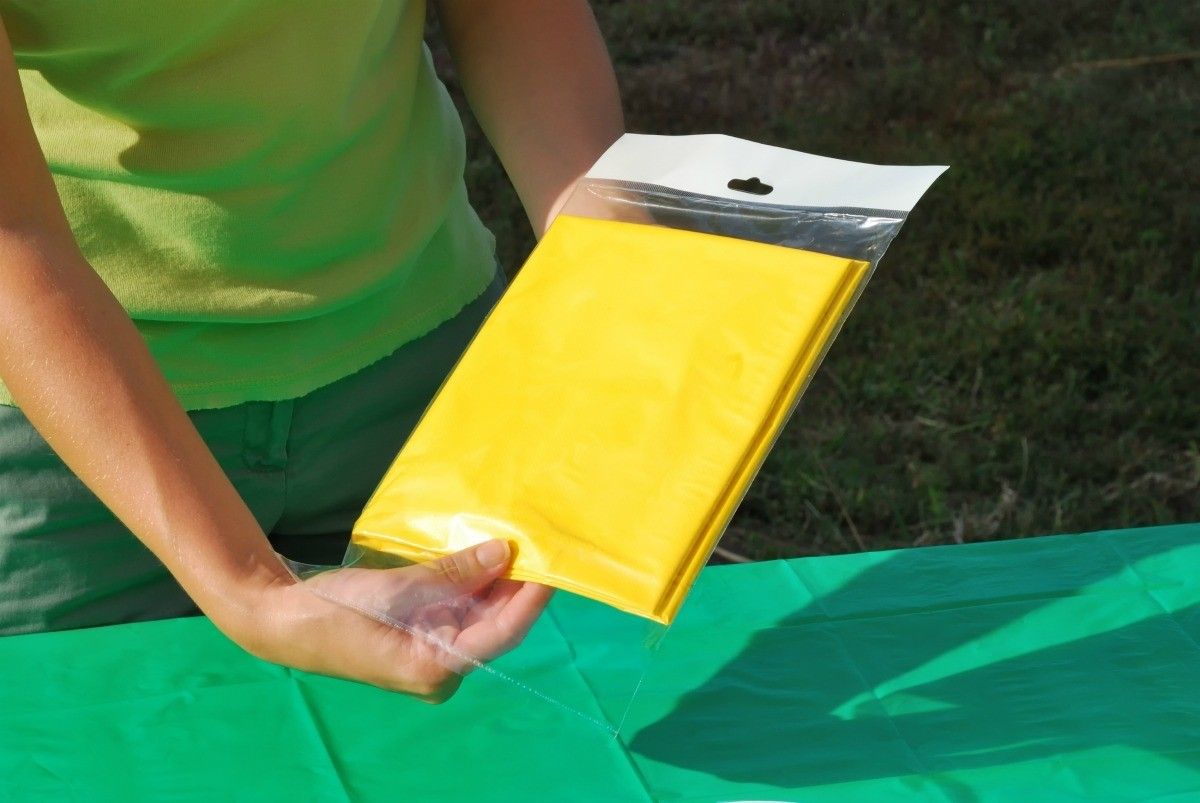


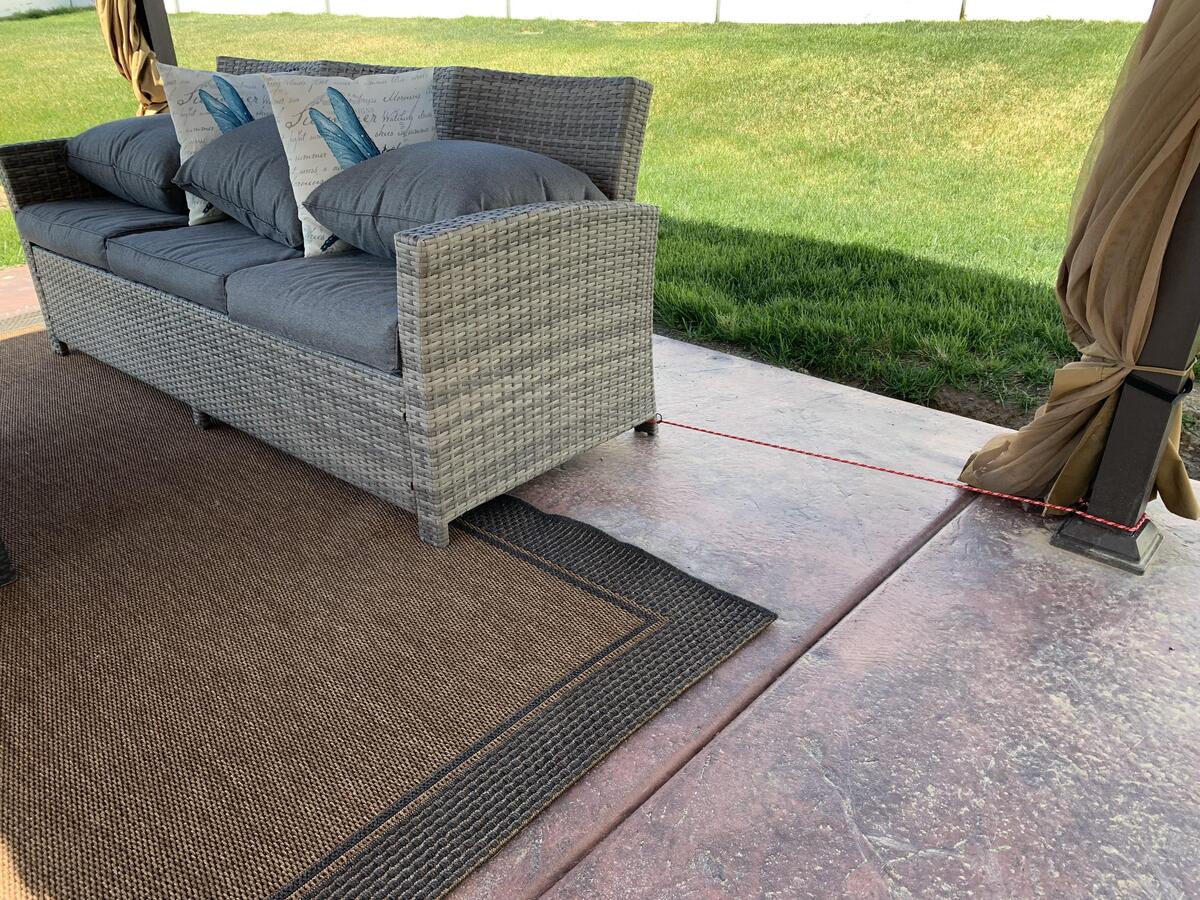



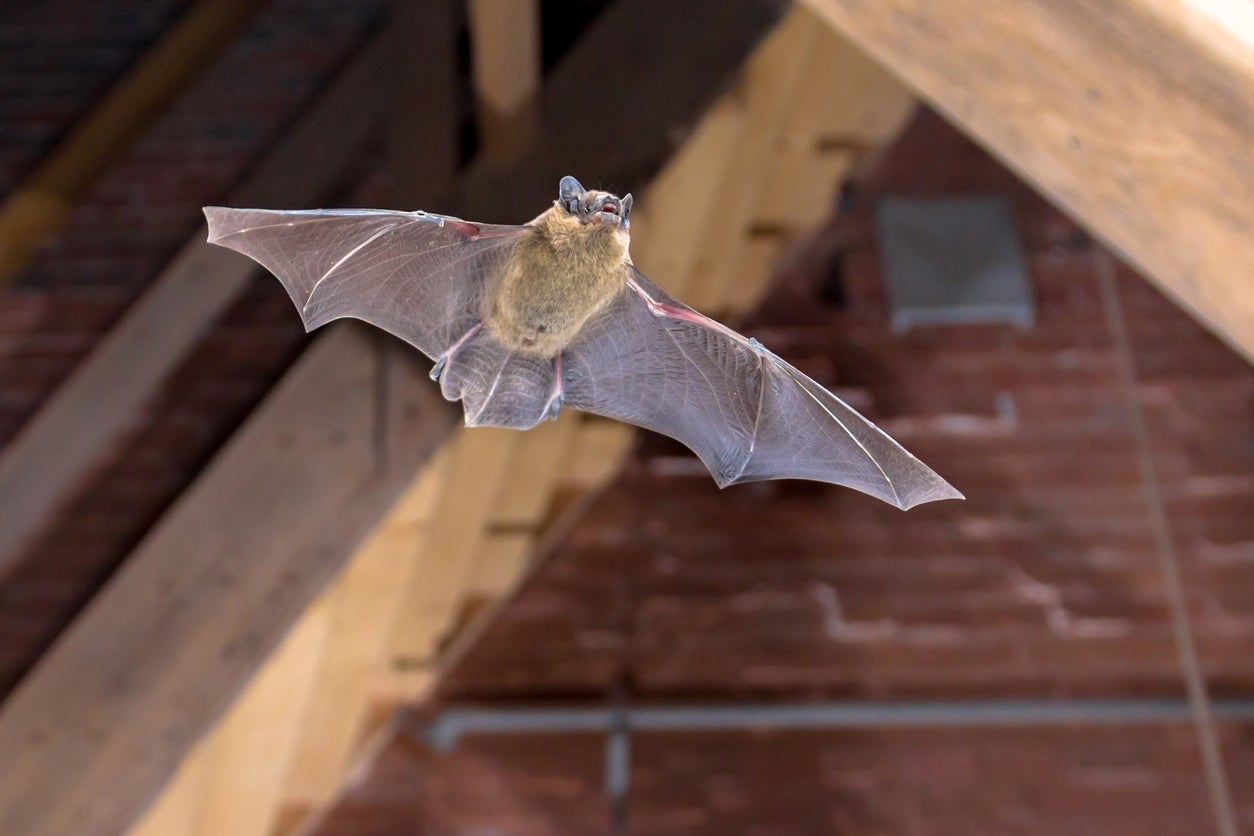

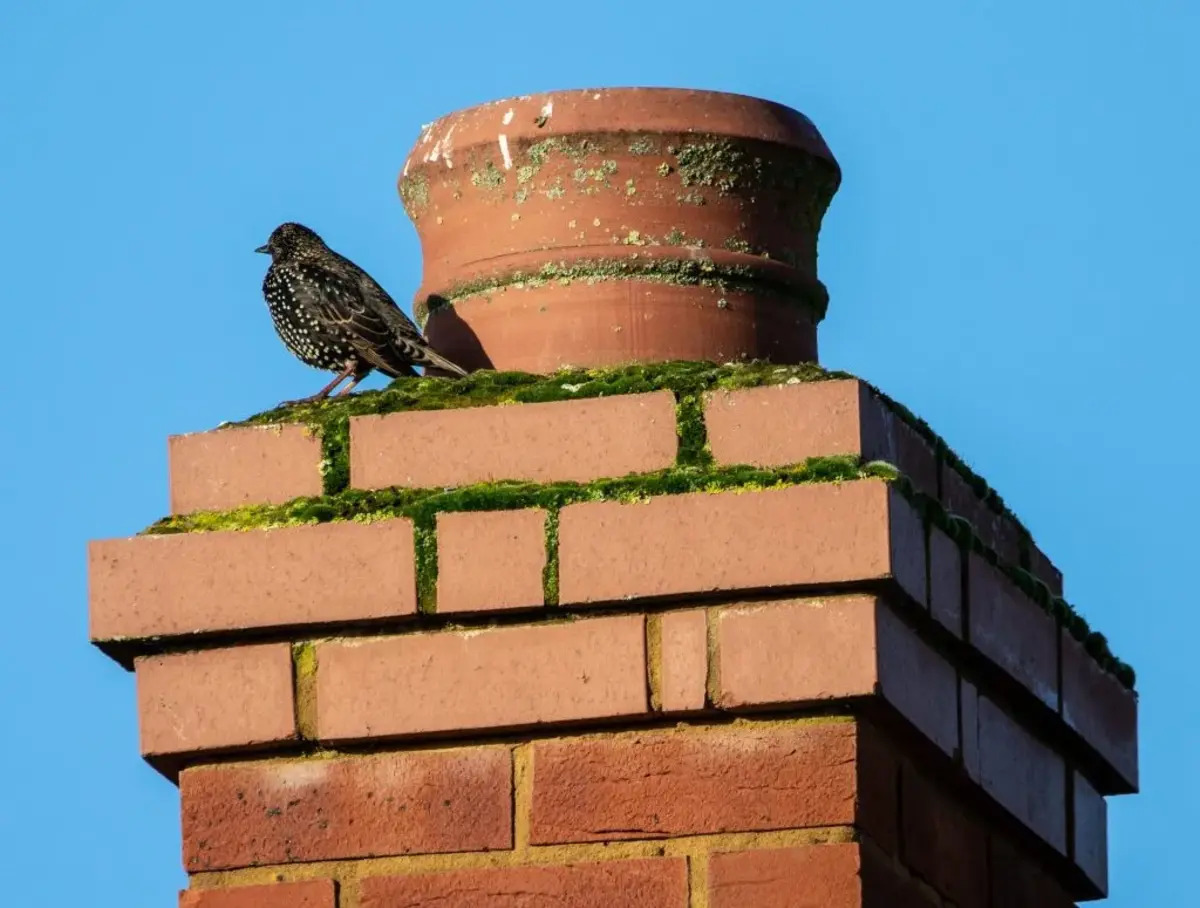

0 thoughts on “How To Keep A Pergola From Blowing Away”